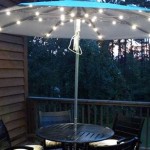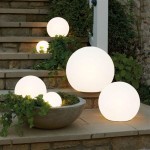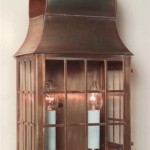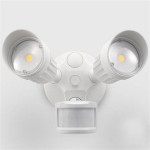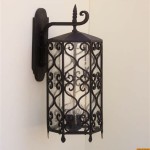How to Install an Outdoor Electrical Junction Box
Outdoor electrical junction boxes are essential components of any outdoor electrical system. They provide a safe and weatherproof housing for electrical connections, protecting them from the elements and ensuring their longevity. Installing an outdoor electrical junction box requires careful planning, proper tools, and adherence to electrical safety regulations. This article outlines the steps involved in installing an outdoor electrical junction box, ensuring a safe and efficient installation.
Step 1: Planning and Preparation
Before beginning the installation, it is crucial to plan and prepare the project thoroughly. This includes:
- Determining the location: Choose a location that is easily accessible for maintenance and meets local electrical code requirements. Avoid placing the box in areas with high moisture or direct sunlight.
- Selecting the right junction box: Choose a junction box with the appropriate size and features for your specific application. Consider the number of wires, the type of wiring (e.g., NM-B, UF-B), and the environmental conditions.
- Gathering necessary materials: Aside from the junction box, you will need wire connectors, wire strippers, a voltage tester, a drill, screws, and a level.
- Disconnecting power: Always disconnect the power to the circuit before working on any electrical components. This is crucial for safety and prevents potential electrical shocks.
Step 2: Mounting the Junction Box
Once you have selected the location and gathered the necessary materials, you can begin mounting the junction box. This typically involves the following steps:
- Marking the mounting location: Use a level to mark the desired location on the wall or surface where the box will be mounted. Ensure the box is level and positioned at a safe height.
- Drilling pilot holes: Drill pilot holes in the marked location using a drill that is slightly smaller than the screws provided with the junction box. This helps prevent splitting the mounting surface when screwing in the box.
- Securing the junction box: Attach the junction box to the wall or surface using the screws provided. Ensure the box is securely fastened and flush with the wall.
- Installing the knockouts: If necessary, use a knockout punch to create openings in the junction box for the wires. This allows you to feed the electrical wires into the box.
Step 3: Connecting the Wires
Once the junction box is mounted, you can connect the wires. This step requires careful handling and adherence to electrical safety guidelines.
- Stripping the wire insulation: Use wire strippers to remove a small amount of insulation from the ends of the wires. The amount of insulation to remove depends on the size of the wire and the type of terminal used in the junction box.
- Connecting the wires: Connect the wires to the appropriate terminals in the junction box. Ensure the wires are securely connected and that there is no bare wire exposed. Use wire connectors or wire nuts to secure the connections.
- Inspecting the connections: After connecting the wires, inspect the connections to ensure they are secure and free of any loose wires or exposed insulation. This will help prevent electrical hazards and ensure a safe and reliable connection.
Step 4: Testing and Finishing
After connecting the wires, it is important to test the installation to ensure it is working correctly.
- Testing the circuit: Turn on the power supply and use a voltage tester to confirm the circuit is working properly. Ensure that all lights and appliances connected to the circuit are functioning as expected.
- Installing the cover: Once you have confirmed that the circuit is working, install the cover on the junction box. The cover should fit securely and provide a weathertight seal to protect the electrical components inside.
- Cleaning up: After completing the installation, clean up any debris or tools used during the process. This ensures a neat and professional finish for the installation.
By following these steps, you can successfully install an outdoor electrical junction box, ensuring a safe and weatherproof connection for your outdoor electrical circuits. This project requires proper planning, careful execution, and adherence to electrical safety regulations, resulting in a reliable and long-lasting installation. Remember to always disconnect the power supply before working on electrical components and to consult a qualified electrician if you are unsure about any part of the installation process.

Cantex Pvc Weatherproof Exposed Electrical Box Installation

Install An Electrical Junction Box With Three Phase Wiring At Outdoor Garden
How Do I Install Outdoor Junction Box Diy Home Improvement Forum

How To Install A Junction Box 8 Steps Polycase
How To Seal An Outdoor Electrical Box Quora

How To Add An Outdoor Electrical Box Diy Family Handyman

Buried Junction Boxes Diy Home Improvement Forum

How To Size A Junction Box Polycase

Half Buried Junction Box Doityourself Com Community Forums

A Full Guide To The Nec Code For Junction Boxes Polycase
